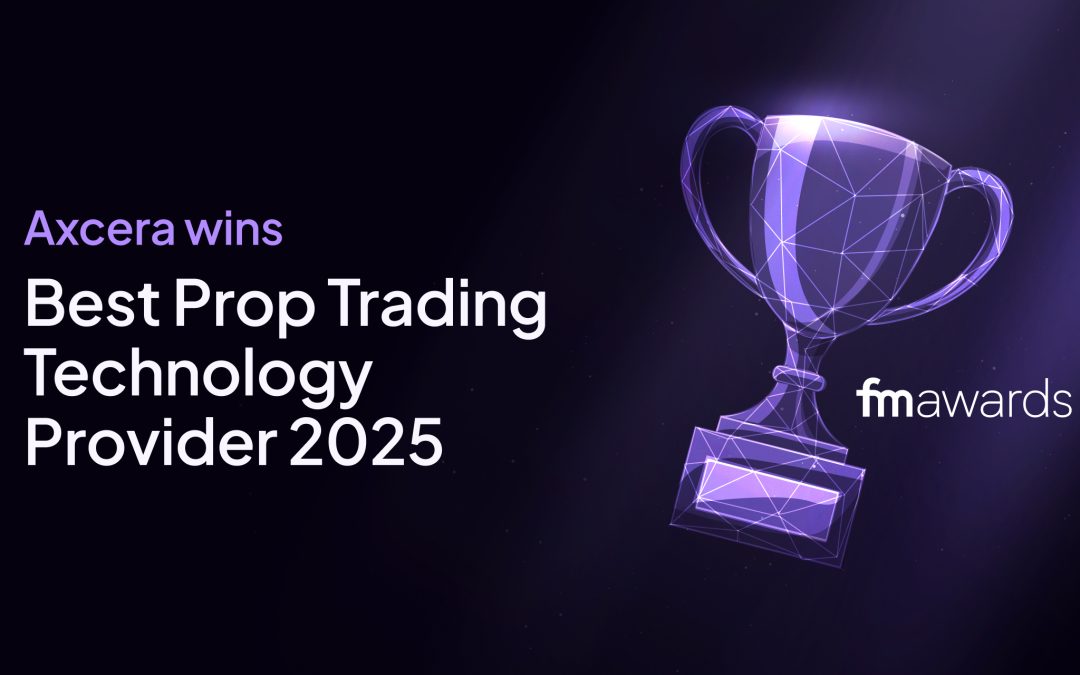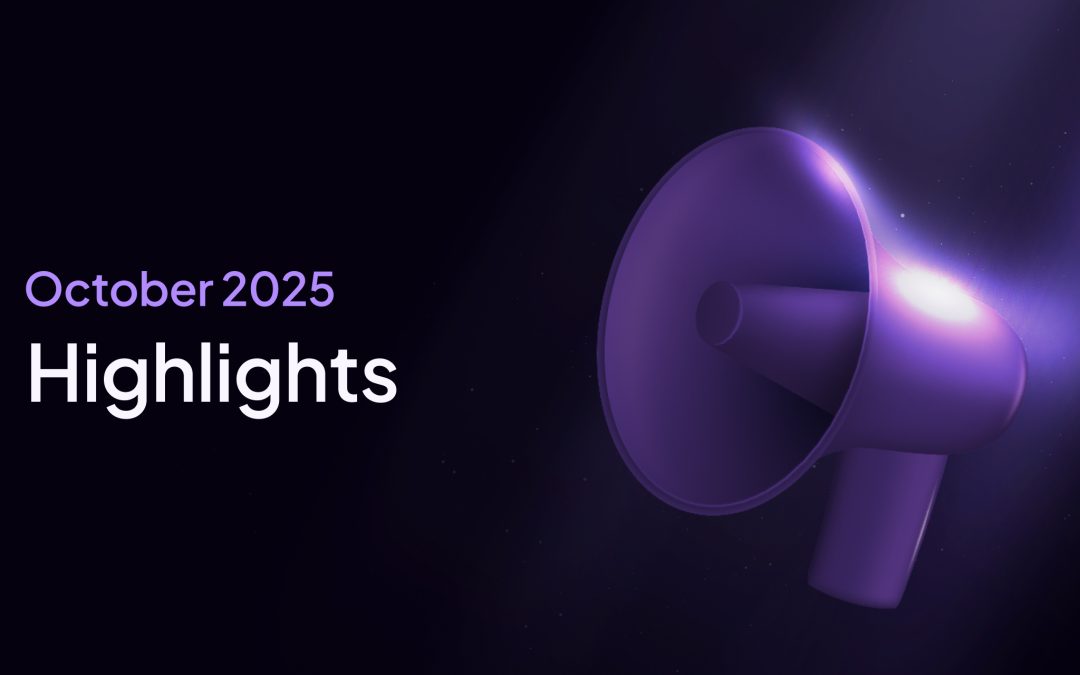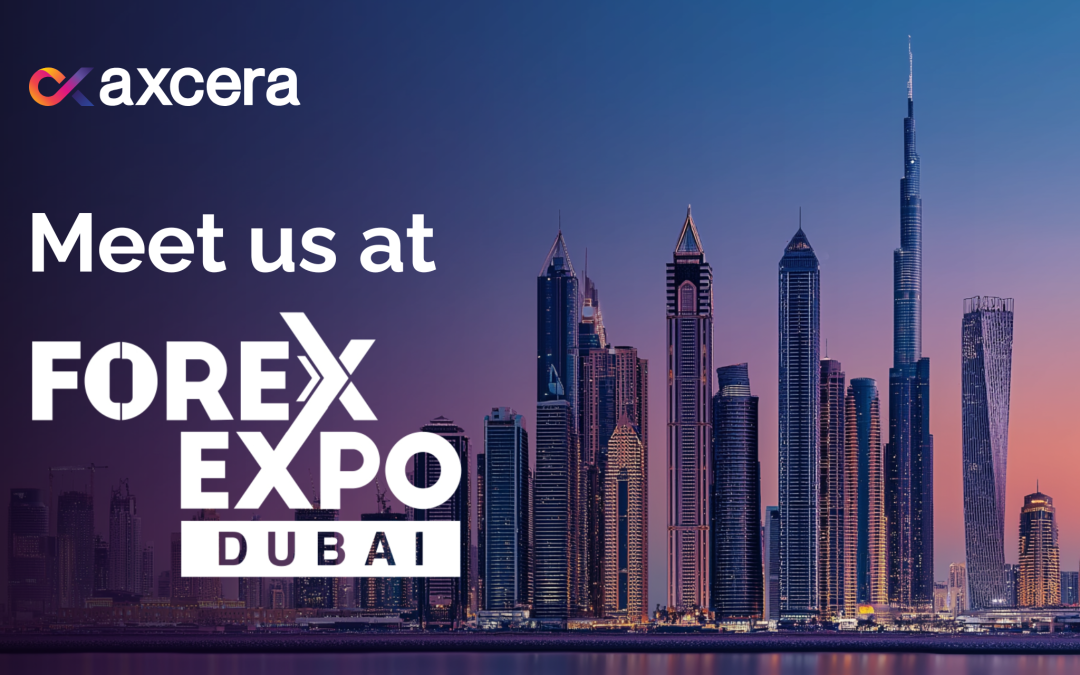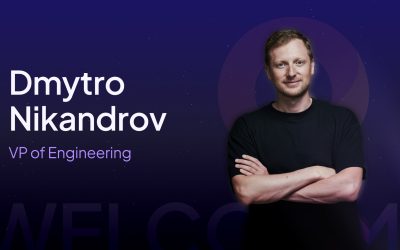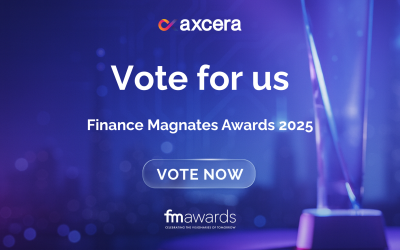One of the most beautiful elements of being a proprietary trading firm is the fact that thanks to modern, dedicated software solutions, you can trade practically anywhere in the world, setting up a business in a place and in a way that works best for your staff and yourself.
Part of what makes this possible is the evolution of electronic trading platforms, of which the most notable early example is the NASDAQ, which by 1992 accounted for 42 per cent of US trade volume.
However, it was not the only way to undertake trades electronically or even the first. Indeed, the glowing green screen terminals of the very first ECN would fundamentally change financial trading multiple times and make prop trading as we know it today possible.

The Slow Rise Of Instinet
Prior to 1969, the greatest advance in the history of the stock market was the ticker tape, and with the rise in the use of computers in other critical infrastructure, it was a matter of time before it would affect trading as well.
Enter Instinet, initially set up as a way to link major financial institutions and compete with the New York Stock Exchange.
Its unique selling point was that its use of technology allowed market makers to disseminate orders to third parties and execute them outside of the traditional active hours of the stock exchange.
Whilst this is somewhat common now, either in the form of Alternative Tradings Systems (ATS) in the United States or the slightly different Multilateral Trading Facilities (MTF) found in EU legislation, Instinet was the first of its kind, and whilst the Green Screen order interface was used, it was picked up relatively slowly.
This started to change with changes in the Securities Acts, which allowed for all markets trading in what the Securities and Exchange Commission defines as “qualified securities” to be linked together through the use of data processing and communication facilities such as ECNs.
Whilst this helped, the focus on the buy side market meant that it took until a more radical and more aggressive focus on brokers under the stewardship of Bill Lupin for Instinet to start to pick up momentum.
Aiding this was a partial acquisition by news agency Reuters in 1985, and a rather timely and exceptionally devastating financial collapse.
Silver Lining
The events of 19th October 1987 have been well-documented, even if the causes and consequences are still under debate by economists. The worst Black Monday there has perhaps ever been, half of the world’s wealth was wiped out in a single day.
Brokers and market makers simply refused to answer calls to trade during one of the most intense periods of volatility financial markets had ever seen, which led to 195 trading delays, the overwhelming of conventional trading systems and mass confusion amongst traders.
This meant that Reuters’ outright purchase of Instinet in May was astonishingly timely, and one of the consequences of Black Monday was a reshaping of how traders would do business. Green Screen ATS terminals became a common fixture in firms of all shapes and sizes.
However, it would also set into motion a chain of events that would fundamentally change the market and how so many people do business.
Regulation ATS
In 1994, two economists undertook a study of the average bid-ask spreads on the NASDAQ, which is the difference between the price of an immediate purchase and an immediate sale and is typically used as a measure of a market’s liquidity.
The study by Paul Schultz and William Christie found that the bid-ask spreads were larger than would have been likely statistically, which set the wheels in motion for a four-year antitrust civil lawsuit that would lead to the largest-ever damage recovery for an antitrust action up until that point.
The data did not provide evidence of collusion by itself, but the fact that it led to a settlement suggests that to a certain degree, there was a knowledge that antitrust activity was taking place.
As a consequence, the SEC adopted legislation which allowed ECNs to be regulated either as stock exchanges or a separate set of standards that reflected the new, more open reality of the stock market.
This radical change made prop trading and remote trading possible, not just through Instinet but through Island ECN, the newly-found Archipelago Exchange and Brut.
This new competition did open up the market significantly, even if Instinet itself would merge with Island ECN to become Inet and eventually be acquired by NASDAQ, Brut would meet a similar fate and Archipelago would be acquired by the New York Stock Exchange.

